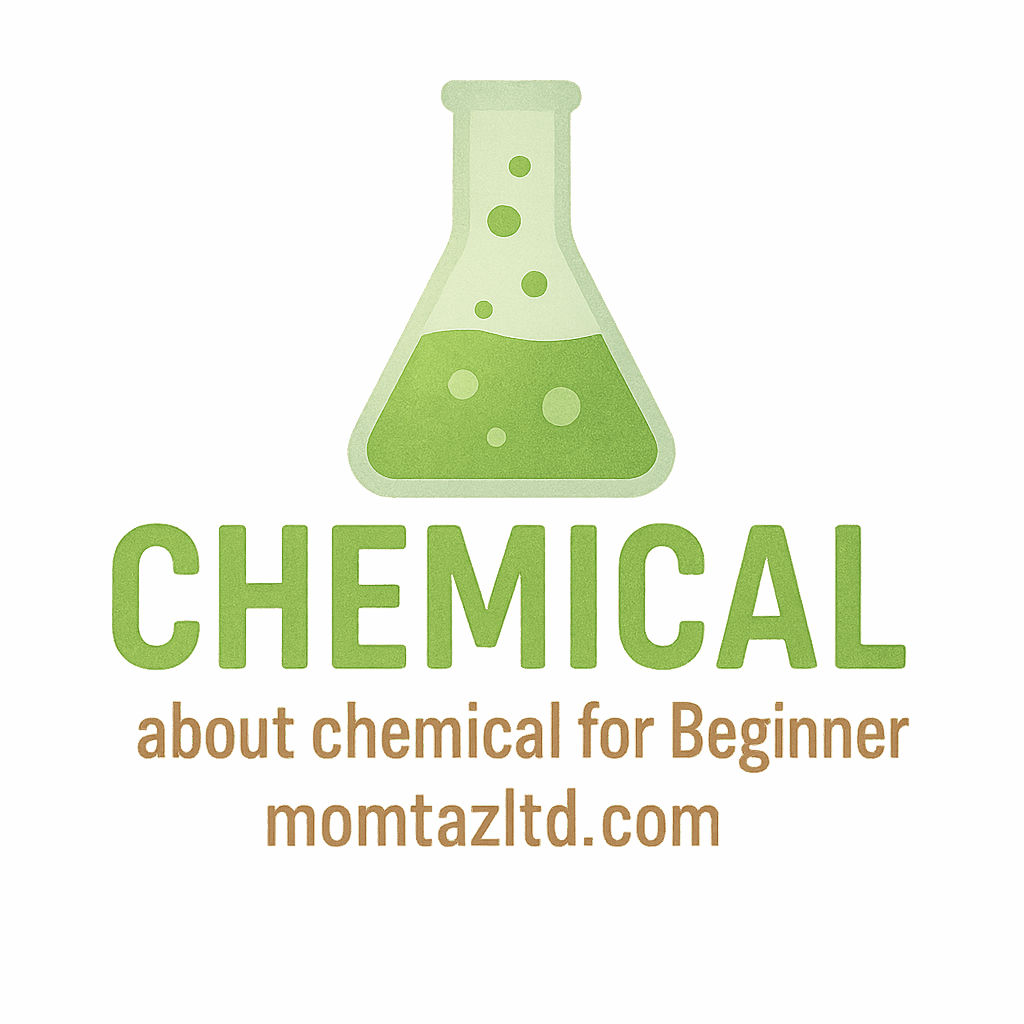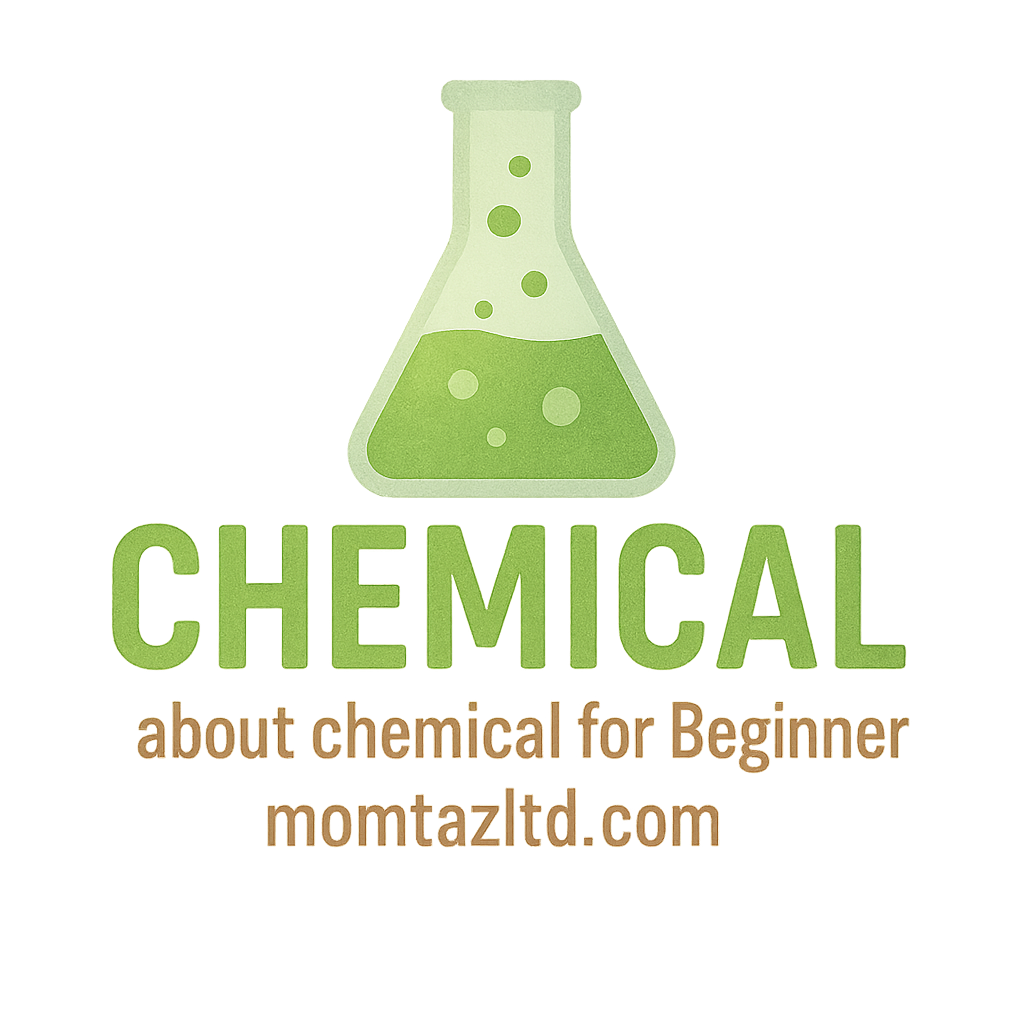Introduction: Chemistry in Your Everyday Life
Ever looked around your kitchen and wondered if it could double as a mini-chemistry lab? You might be surprised, but many household items hold the secrets to chemical reactions waiting to be discovered. For beginners in chemistry, starting with safe, everyday items is not only fun but also practical.
In this guide, we’ll dive into 6 everyday household items for chemical for beginner learning, helping you explore science right at home.
Why Beginners Should Start with Household Chemicals
Starting your chemistry journey doesn’t need expensive lab kits. Ordinary items you already own can introduce you to the fascinating world of reactions.
Safe and Simple Learning Environment
Household chemicals are usually less concentrated than laboratory versions, which makes them safer for beginners. For example, vinegar is a diluted acetic acid, much weaker than industrial acids.
Affordable and Accessible Materials
Why buy fancy chemicals when you can use baking soda, vinegar, or salt? These items are cheap, easy to find, and let you perform multiple experiments without spending much.
Hands-On Understanding of Basic Reactions
Simple experiments—like watching baking soda fizz with vinegar—teach fundamental concepts like acid-base reactions and gas release.
For more basics, check out Chemical Basics to build your foundation.
Safety First: Handling Household Chemicals the Right Way
Even though these are everyday products, beginners should still prioritize safety.
Understanding Labels and Warnings
Always read product labels. For example, hydrogen peroxide comes in different concentrations. Stick to the 3% solution available in pharmacies.
Storage Tips for Beginners
Keep chemicals in their original containers and store them in a cool, dry place. Learn more about safe practices at Chemical Storage.
Preventing Chemical Accidents at Home
Never mix random household chemicals without research. Mixing bleach and vinegar, for example, produces toxic gas. Browse Chemical Accidents for essential warnings.
Household Item #1: Baking Soda
Common Uses in Homes
Baking soda isn’t just for baking—it deodorizes, cleans, and freshens up spaces.
Beginner-Friendly Experiments with Baking Soda
Volcano Reaction
Combine baking soda and vinegar to create a foamy eruption. It’s the most iconic beginner-friendly experiment!
Cleaning Demonstrations
Mix baking soda with water to show its abrasive yet gentle cleaning properties.
Get deeper insights at Household Chemicals.
Household Item #2: Vinegar
Chemistry of Acidity
Vinegar contains acetic acid, making it a mild yet powerful acid.
Fun Experiments with Vinegar
Vinegar and Baking Soda Reactions
Classic fizzing shows an acid-base reaction that releases carbon dioxide.
Eggshell Dissolving Experiment
Soak an eggshell in vinegar. Over time, it dissolves, leaving behind a rubbery membrane.
Curious about reactions? See Chemical Reaction.
Household Item #3: Table Salt
Role of Sodium Chloride in Chemistry
Salt (NaCl) is essential for life but also a simple ionic compound great for beginners.
Beginner Experiments Using Salt
Salt Crystals
Dissolve salt in hot water, let it evaporate, and watch crystals form.
Electrolysis with Salt Water
A simple setup with wires and a battery shows how electricity splits compounds.
Learn more about Beginner Chemistry.

Household Item #4: Hydrogen Peroxide
Everyday Uses in Cleaning and First Aid
Hydrogen peroxide disinfects wounds and whitens surfaces, making it a household staple.
Beginner Chemistry Demonstrations
Foam Reactions (“Elephant Toothpaste”)
Add yeast to hydrogen peroxide for a bubbly, foamy reaction.
Oxidation Tests
Drop a cut apple into hydrogen peroxide and see how it slows browning.
For lab-safe tips, visit Laboratory Chemicals.
Household Item #5: Lemon Juice
Natural Source of Citric Acid
Lemon juice is nature’s acid, useful for both cooking and science experiments.
Beginner Experiments with Lemon Juice
Invisible Ink Activity
Write a message with lemon juice, then heat the paper to reveal hidden words.
Acid-Base Indicator Test
Use red cabbage juice as an indicator—lemon juice turns it pink.
Explore more in Learn Chemical.
Household Item #6: Sugar
Chemistry of Carbohydrates
Sugar (sucrose) is an organic compound that reveals fascinating chemical changes.
Simple Experiments with Sugar
Caramelization Experiment
Heat sugar and watch it transform into caramel, demonstrating chemical change.
Yeast Fermentation Reaction
Mix sugar with yeast and water to observe carbon dioxide bubbles.
Dive deeper into Practice Chemistry.
Extra Tips for Beginner Chemistry at Home
Keeping a Chemistry Notebook
Write down observations, experiment steps, and results—like a real scientist.
Learning Chemical Terms
Build vocabulary with resources at Chemical Terms.
Inspiration from Chemical Scientists
Read stories at Chemical Scientists to stay motivated.
Exploring More: Transitioning from Household to Laboratory Chemicals
Once you’ve mastered the basics with household items, you may want to level up.
Using Laboratory Chemicals Safely
Follow strict safety rules when moving to chemicals beyond the kitchen.
Understanding Industrial Chemicals
For larger-scale knowledge, check Industrial Chemicals.
Building a Future in Chemical Careers
Explore career paths in chemistry at Chemical Careers.
Conclusion: Chemistry is All Around You
From baking soda volcanos to sugar fermentation, 6 everyday household items for chemical for beginner learning can spark curiosity and ignite a love for science. With safety in mind and the right guidance, your kitchen can become the foundation for a lifelong journey into chemistry.
For more inspiration, check out Momtaz Ltd, where you’ll find resources on everything from household chemicals to lab experiments.
FAQs
1. What is the safest household chemical for beginners?
Baking soda is one of the safest because it’s non-toxic and reacts gently.
2. Can I use bleach for beginner experiments?
It’s not recommended for beginners due to safety risks. Stick to milder chemicals first.
3. What’s the easiest chemistry experiment for kids?
The baking soda and vinegar volcano is the most beginner-friendly.
4. Do I need lab equipment for these experiments?
Not really—basic items like jars, cups, and spoons usually work fine.
5. Can sugar really be used in chemistry experiments?
Yes, sugar shows interesting reactions like caramelization and fermentation.
6. Where can I learn more chemical basics?
Visit Chemical Basics for an introduction.
7. How do I avoid accidents while experimenting?
Always read labels, follow safety rules, and check Chemical Safety.


